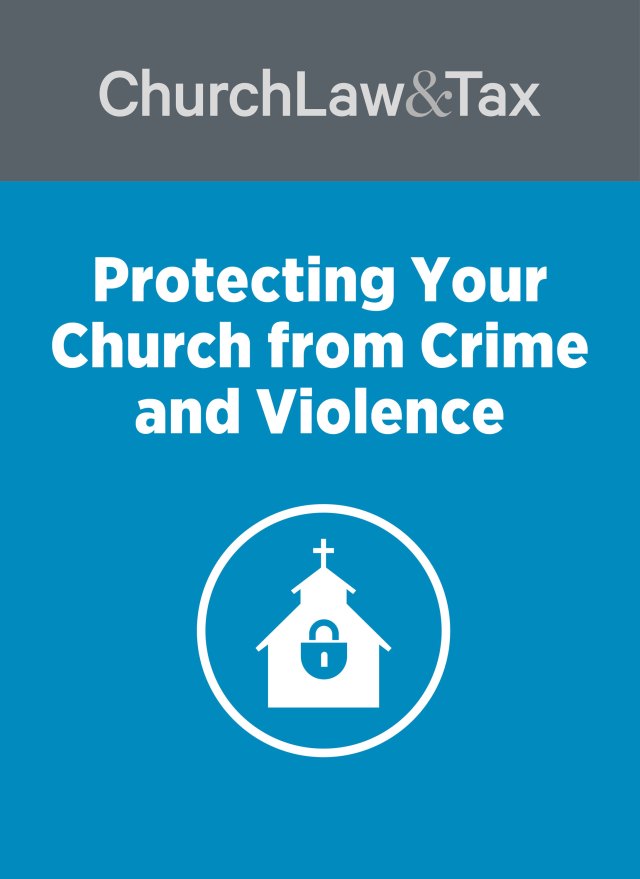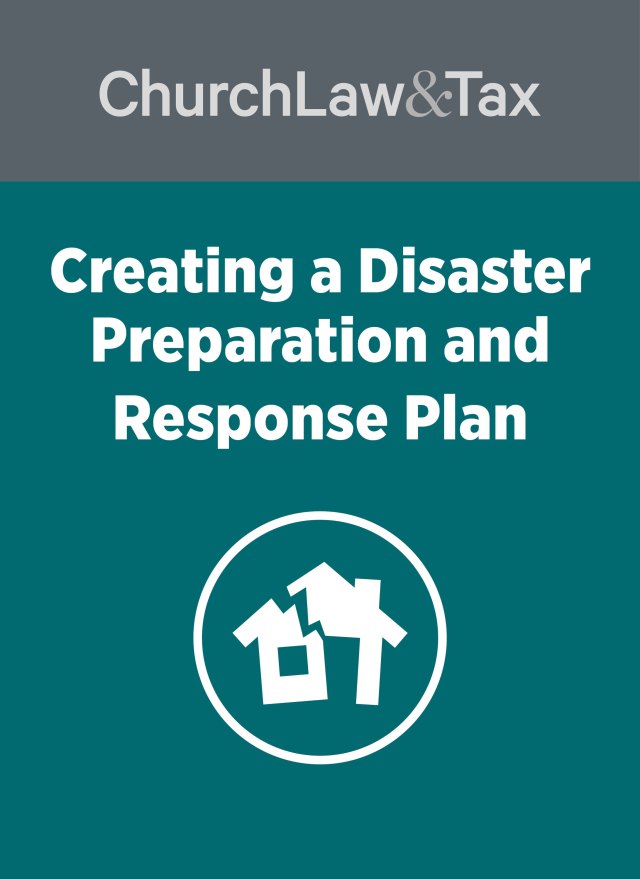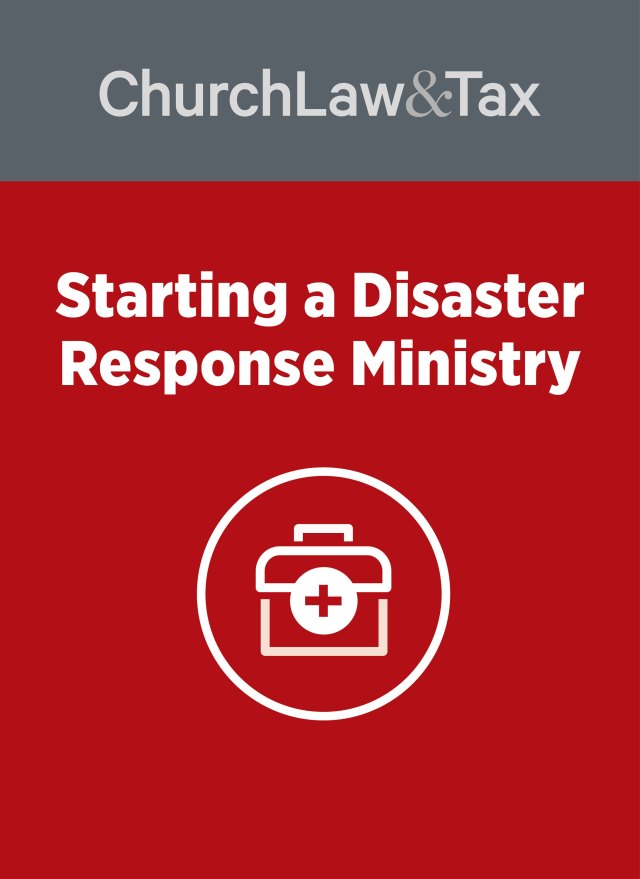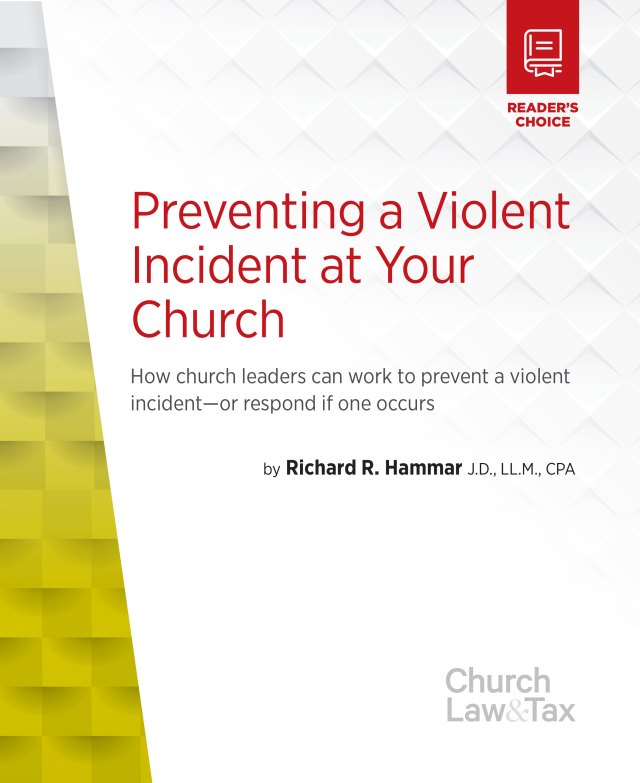Churches are notorious for minimal security. And while acts of violence at church are rare, recent shootings at churches and schools beg the question: What can leaders do to protect their people? Based on experience in the pulpit and on the police force, here are four steps you can take to reduce risk—and possibly save lives—at your church.
Step 1: Work with local police
Most police agencies have adopted an “active shooter” philosophy.
- Designate one of your church leaders to meet with the police and review their strategy for responding to a shooting in your building.
- Educate your congregation on your church’s policies for responding to an emergency, perhaps through a brochure or a segment of your new member’s class.
Step 2: Create a survey of your facility for police
Include in your overview:
- Blueprints and photos (digital and hard-copy) of every room in the church to guide officers as they secure the church building
- Emergency contact information for the church pastor, property manager, medical personnel, and members of the church’s crisis-response team
- Keys to outside and classroom doors
- Shut off points for gas, water, and electricity
- Designated rally points for families and medical triage
- Any knowledge of existing threats, including anyone against whom the church or a member has a restraining order
Step 3: Create a lockdown policy
If your local police department has an active shooter policy, a lockdown may be the best way to protect the segment of your congregation that is in the building during a shooting but outside the immediate vicinity of the shooter. During a lockdown, certain areas of the church are required to shut, lock, and barricade their doors until police arrive. Those inside during a lockdown should stay away from windows and leave room lights on to ease the police team’s search. Before instituting such a policy:
- Determine which church leaders can order a lockdown and under what circumstances.
- Identify who can enter protected areas (such as the nursery), and how or if parents can retrieve children during a lockdown.
- Provide telephones or intercoms that allow each lockdown area to communicate outside the building.
Step 4: Prevent an incident
- Increase effort. If a shooter plans an attack on your church, he will likely arrive after the service begins. Make it difficult for an intruder to enter your church unnoticed and take a seat wherever he wants. A simple step involves closing sanctuary doors once a service begins and training ushers to meet latecomers and guide them to designated seating areas.
- Reduce risk. Create visual or lighting obstructions, isolating threats from the body of believers.
- Plan in advance. Every church should be prepared by appointing a crisis response team consisting of several people with police, military, or medical training.
- Reduce provocation. Set guidelines for denying access to people who are unstable, agitated, angry, or intoxicated. Train ushers to identify the warning signs of such a person, and coach them to deny access firmly, but respectfully.
If a Shooter Gets In…
It is critical for leaders to be decisive. If the gunman targets a pastor or some other leader, those most visible should draw attention away from the congregation. If the shooter targets the congregation, direct confrontation is essential. This is dangerous, but you can improve your chances by distracting the shooter. Weaken his shooting ability by throwing hymnals, yelling from multiple directions, and tackling him from behind.
If the shooter does not penetrate deep into the sanctuary and is shooting randomly, take cover behind a pew, pillar, or balcony. Most shooters will be well armed and intend to inflict maximum damage. Recognizing the grave danger, church leaders and members of a crisis team can save lives by closing the gap between themselves and the shooter and overwhelming him.
Once a shooting begins, establish communication with the police as soon as possible. Avoid chaos by assigning only people on your crisis response team to call 911. Police will want to know the number of shooters, location of suspects, types of weapons, possible traps or explosives, immediacy of threat, and location of sensitive areas such as Sunday schools or nurseries. The emergency dispatcher will instruct the caller to stay on the line in order to provide real-time information to police on the scene.
When police arrive, stay on the ground until you are told to move. But movement creates confusion and complicates the situation for police. When you do get up, avoid sudden movements or any object in your hand that could be construed as a threat.
Andrew G. Mills is Chief of Police; Eureka, California.
Adapted from the downloadable resource Protect Your Church from Crime and Violence.




